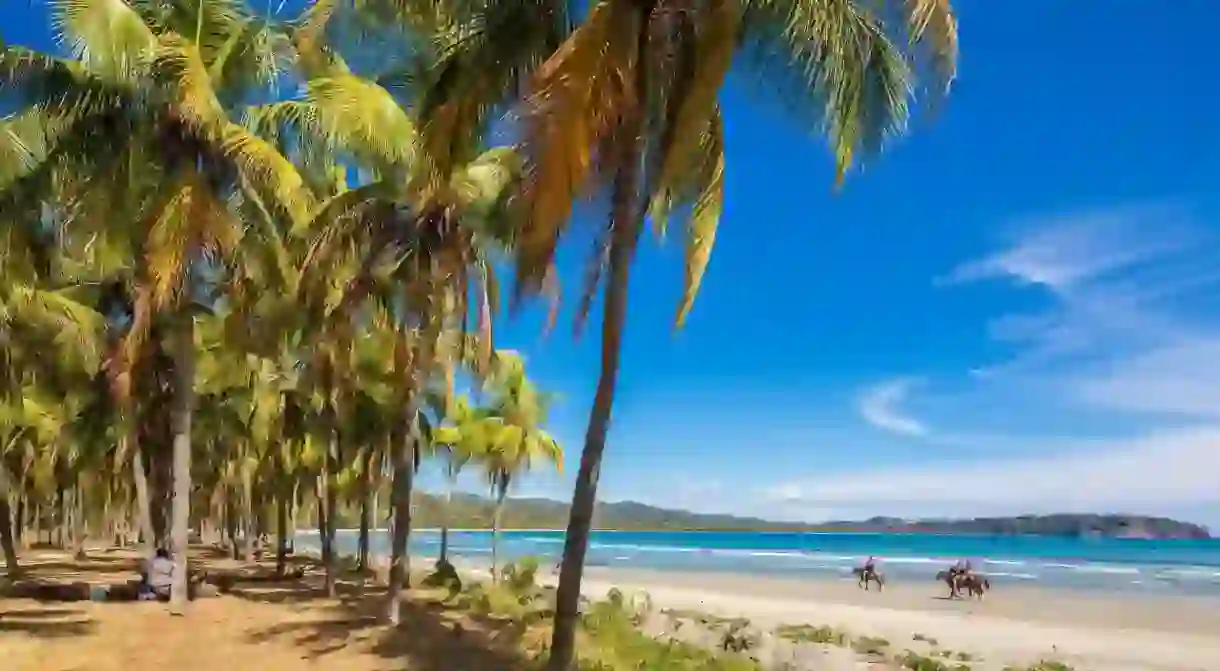Guide to Visiting Costa Rica During the Dry Season

There are two seasons in Costa Rica, wet and dry. The distinction between the two, especially in some parts of the country, is like night and day. The dry season brings brilliant blue skies and endless sunshine, often a crystal-clear turquoise sea and low humidity. Here’s what you need to know about this sunshiny season.
Experience the best of Costa Rica with Culture Trip as part of a small group of culturally curious travellers on our epic nine-day Costa Rican adventure, led by our Local Insider.
What to expect

The dry season typically lasts from December to April. The further north you go, the effects of the lack of rainfall are more noticeable. The province of Guanacaste is in the northwestern portion of the country and is the driest of all Costa Rican landscapes, so much so that is it home to a unique tropical dry forest ecosystem. You can expect dusty roads where the pavement ends, vibrant flowering trees like the corteza amarillia to be in full bloom, cool mornings and evenings, blistering afternoons, cool ocean temperatures, fewer mosquitos, blue skies and starry nights day after day.
What to see

The dry season months are some of the best to see humpback whales, sometimes with babies, traveling the Pacific coast. They usually stay relatively close to the coastline, so whale watching is very accessible. It is also during these months that the ginormous leatherback sea turtle nests in the north of Guanacaste. In the tropical dry forest, this season is a great time to observe wildlife since the leaves of most trees have fallen and animals aren’t as easily hidden. December through April are the best months to visit Costa Rica if you are seeking a full-on beach vacation, as every day offers the perfect beach-going weather.
What to bring
The conditions during the dry season are a bit harsh, though. The sun is very strong, and the air is very dry. It is absolutely imperative that you wear sunscreen (choose one that is natural and reef-friendly) every single time you venture outdoors. It is also a good idea to bring a hat, lightweight long-sleeve shirts, good-quality sunglasses and a reusable water bottle that you keep filled and with you at all times. It is very important to stay hydrated since heat exhaustion and severe dehydration are a threat to your health and happiness while in Costa Rica. While the mosquitos are way less abundant during these months, it is still important to wear insect repellent, as dengue and other mosquito-borne illnesses can be contracted any time of the year.













